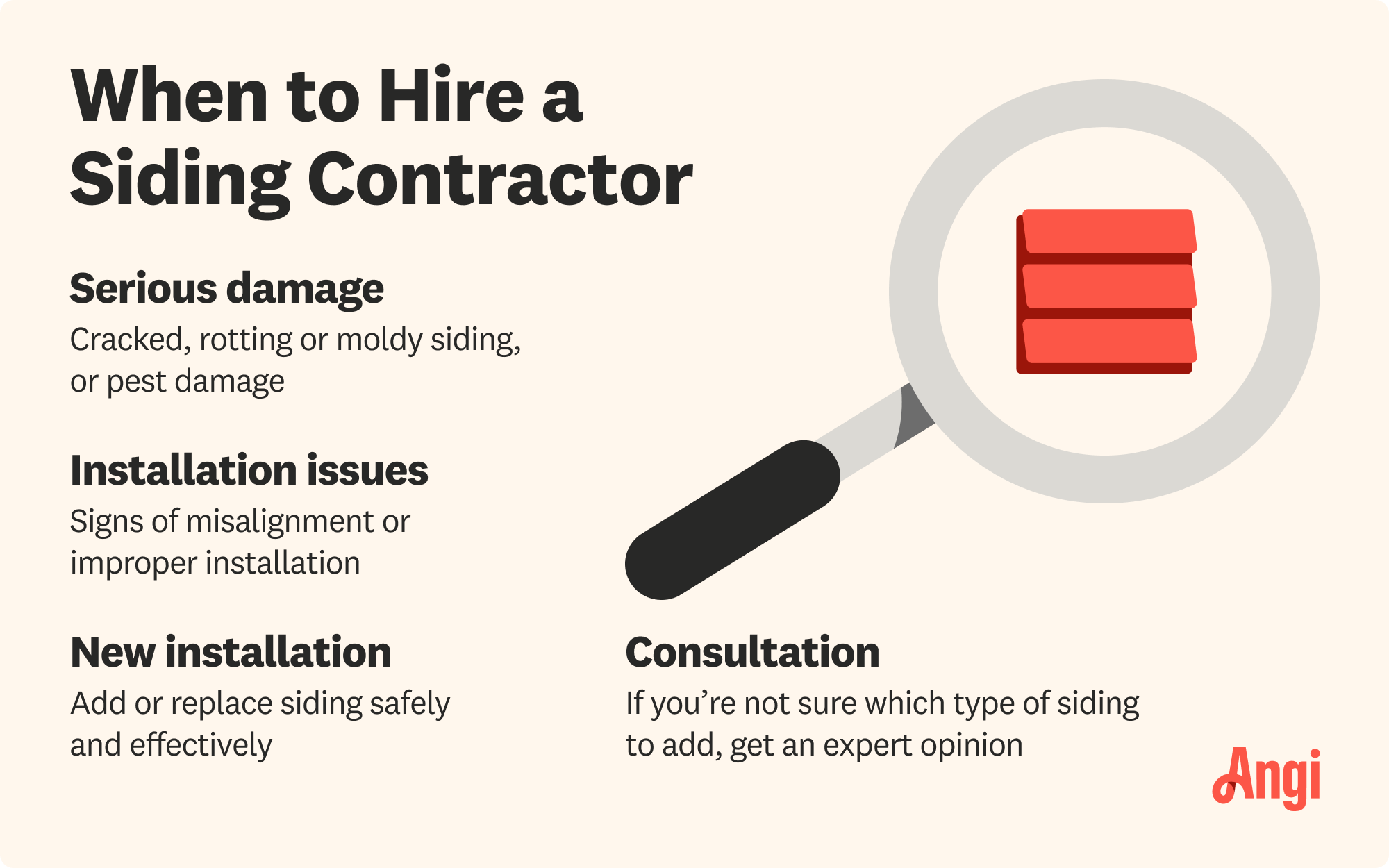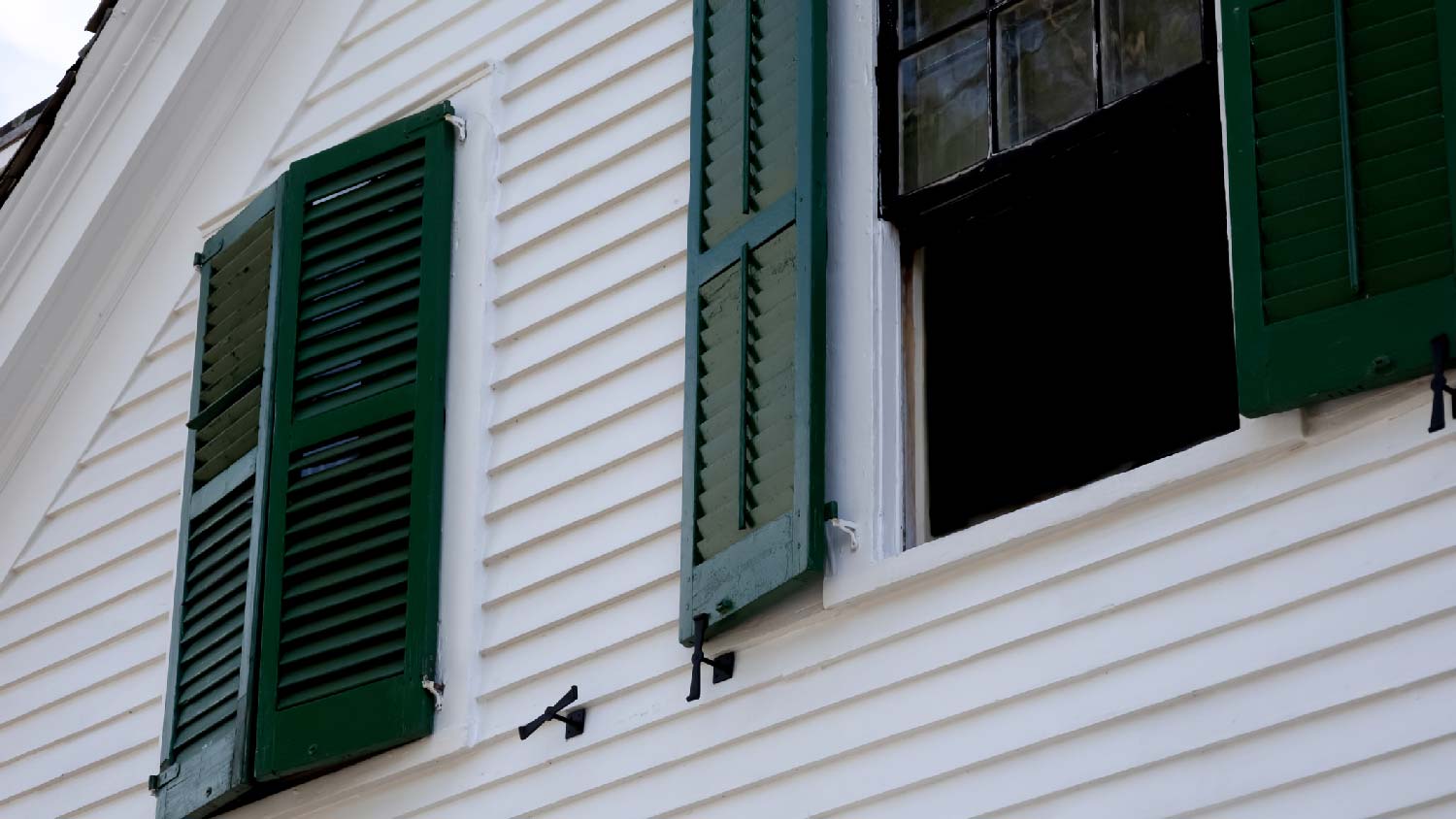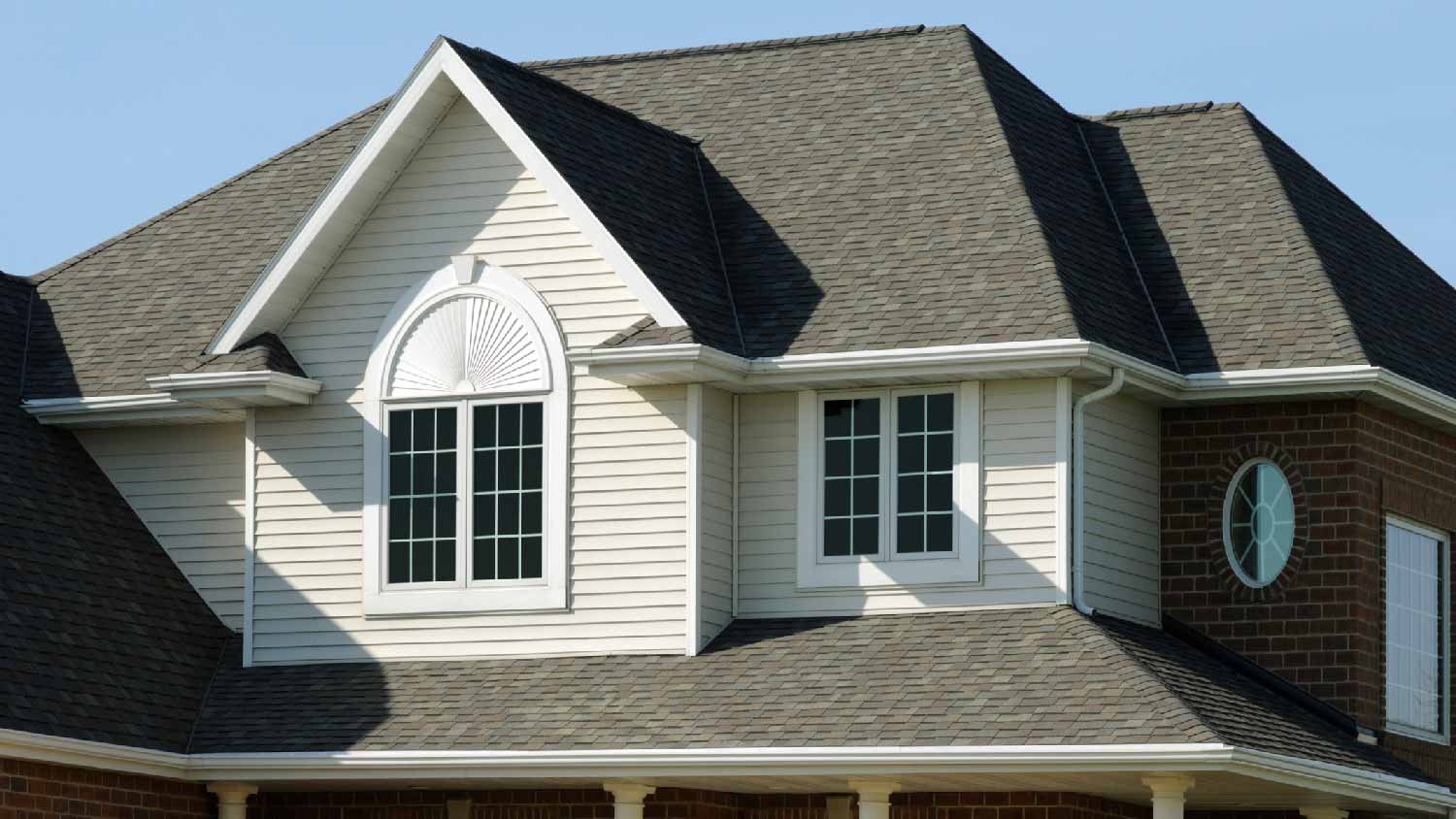
The cost of vinyl siding installation in San Francisco depends on several factors, including the size of your home and the type of vinyl siding you choose. Learn how to budget in this guide.
Learn how to stay one step ahead of Mother Nature when it comes to your siding


When installing new siding, you’ll inevitably need to decide whether to repair or replace the rotted boards under your siding. Unfortunately, this is not always a one-and-done job–often, uncovering old siding reveals rotted wooden boards.
In order to stay on top of your home’s protection, it’s important to know how to recognize rotted areas and what to do when you find rotted wooden boards beneath your siding.
Deciding whether to repair or replace can be difficult. With our network of local pros, you can have a specialized professional figure out the next steps.
Whether you repair or replace rotted wood depends on the extent of the damage. If most of the piece of wood is rotted to the point where it can split, then the entire board should be replaced. But, if only one or a few relatively small areas are affected, then you can spot-repair the board.
| Repair | Replace |
|---|---|
| Small, localized rot area (~10%) | Significant and spread-out rot (~30%) |
| Rot limited to surface layers | Wood is soft or crumbles easily |
| Non-structural issues (like minor holes) | Rot near critical joints |
| Small cracks or splits | Repeated repairs required over time |

If you or your local siding repair pro uncovers severely damaged wood while removing siding, it’s important to remove it before installing new siding. If the wood is cracked, you run the risk of water damage and problems, such as the wood collapsing, rotting drywall, soggy insulation, and insect infestations. The average cost to repair siding is around $778.
When wood has rotted, it can’t properly carry out its functions (i.e. defending your home)–wood is prone to moisture damage, which can get through your siding and then cause issues such as damage to your insulation or fungi and mold growth.
Once the siding is removed, look for the following warning signs for rotted wood:
Abnormally darker areas
Discoloration spots–these may be black, white, yellow, brown, or grey
Wood that feels soft or weak
A damp, moldy, or musty odor
Missing nails
Visible impacts from weather conditions, such as falling trees and debris accumulation
There are different types of wood rot, which each affect the wood differently:
Brown rot: Also known as “dry rot,” brown rot destroys the cellulose within the wood. As a result, the wood turns brown, shrinks, and breaks down. This type of rot tends to spread quickly.
White rot: White rot causes wood to turn white or yellow and is often the cause of spongy, weak wood. White rot breaks down lignin, which is another key structural part of the wood.
Soft rot: Soft rot, like brown rot, breaks down the wood’s cellulose. It is more commonly found in logs and trees than in houses but can arise under extremely hot or cold temperatures.
If you see any of these signs, first try to recognize if this could be a repair job–if there doesn’t seem to be extensive damage, you can likely fix the wooden boards yourself. If you’re not sure or are concerned that there is significant damage, call in a local carpenter who can diagnose the problem and help you fix the issue.
Repairing a rotted wooden board involves a few steps to ensure the wood is restored and fully functional. Here’s a step-by-step guide to help you tackle the task:
Remove the Damaged Wood: Use a screwdriver, chisel, or claw hammer to scrape away the rotted portions of the wood. Take care not to damage the healthy areas surrounding the rot. If the rot is deep, continue to remove wood until you reach solid, unaffected wood.
Clean the Area: After removing the rotted wood, clean the surface thoroughly to remove any dust, dirt, or debris. This step will help the wood hardener and filler adhere better and create a stronger repair.
Apply Wood Restorer: Apply wood restorer (available online or at your local hardware store) to the remaining rotted area using a brush. Allow this to dry per the manufacturer’s instructions.
Fill the Area With Wood Filler: Use a putty knife to apply wood filler to the area. For deeper repairs, apply the filler in light layers and allow it to fully cure in between each layer.
Sand the Area Smooth: Once the filler has hardened, sand the area smooth to blend the repair with the surrounding wood.
Prime and Paint: Prime and paint the repaired section to match the original wood color and protect it from further moisture exposure.
Wood rot occurs when wood is exposed to excessive moisture over a period of time, which provides the perfect environment for certain fungi to thrive. These fungi break down the wood fibers, causing the wood to lose its strength and structural integrity. A few common causes of wood rot include leaks, poor drainage, high humidity, and prolonged contact with water.
When wood rot is left untreated, it can weaken the structure of your home, causing further damage to underlying materials such as insulation and drywall; this is why it’s crucial to remove rotted wooden boards before installing new siding. If rotted wood is not replaced, the new siding may not adhere properly and moisture could seep through, potentially leading to issues like mold growth, pests, and structural instability.
From average costs to expert advice, get all the answers you need to get your job done.

The cost of vinyl siding installation in San Francisco depends on several factors, including the size of your home and the type of vinyl siding you choose. Learn how to budget in this guide.

Concrete log siding costs more than traditional wood but requires less maintenance. Learn about pricing and upkeep costs to see if it’s a fit for your home.

New fiber cement siding improves curb appeal and your home’s value, while also boosting energy efficiency. Learn about fiber cement siding installation costs in San Francisco.

Old, damaged siding may leave your home unprotected against the elements. Learn when to replace siding and what signs to look for.

Not sure if it’s time to reface your home? Learn how long siding lasts, how to maximize the value you get, and signs you should replace it.

If you have woodpeckers pecking on your house, you may be at your wit's end. Read this to learn how to stop woodpeckers from pecking your house.